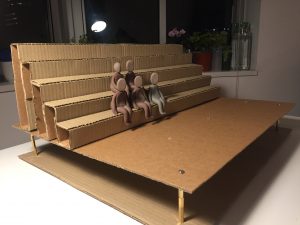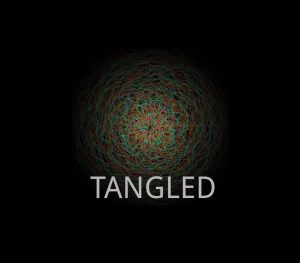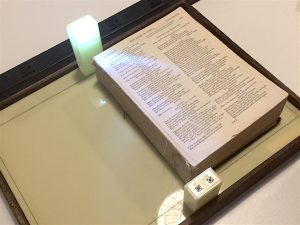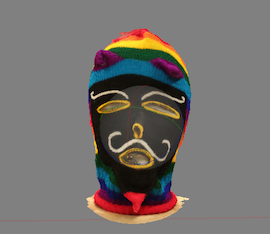Yuan Gao
The Conversation is a piece of artwork in which two chat bots, assuming the dubious characters of Donald Trump and Slavoj Žižek, engage themselves in an imaginary yet real, futile yet meaningful, transient yet endless conversation.
https://github.com/821760408-sp/the-conversation
Description
The Conversation is the title for a piece of artwork in which two chat bots engage themselves in an imaginary yet real, futile yet meaningful, transient yet endless conversation.
These chat bots are not faceless, undistinguishable digital creatures of the most common type. Each of the chat bots assumes the identity of a real-life person, hence can be seen/understood as a fragmented and singular embodiment of the character it's impersonating.
The core algorithm of the chat bots are implemented with a retrieval-based machine learning model, meaning that each of them has a collection of pre-determined responses from which the most relevant sentence will be chosen as a response to the context of the conversation thus far.
The collection of responses of each bot, the utterances, are gathered from publicly available TV footages of interview/lecture/talk of each of the real-life characters, invariably showing them speaking while facing the camera/screen. As many utterances as possible will be reaped from each footage, on the condition of each utterance being valid in grammatical structure and coherent in meaning. These “unit” utterances/footages form the database of possible responses for each bot in communication.
The final response at any given point in the conversation by either party is selected by evaluating a subset of all possible responses (algorithmically decided) against the context of the conversation, i.e. the corpus of all utterances from both sides up to now from a certain point in the past. A Long short-term memory (LSTM) recurrent neural network (RNN) architecture of machine learning is used to train a model and evaluate those potential responses therewith, from which the one with the highest score is chosen as the final response to the other interlocutor.
The bots will be dwelling in Raspberry Pis sitting side by side, talking to each other over network. Portable RPi screens will be used to show those footages-as-response.
Classes
Learning Machines: Theory to Practice










